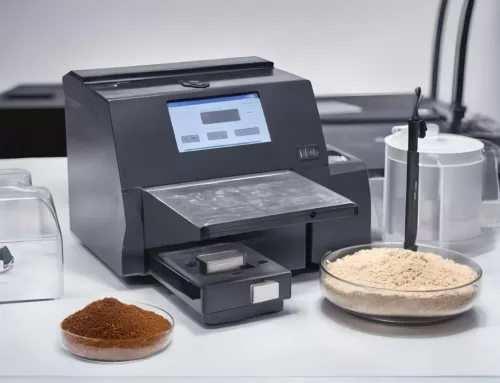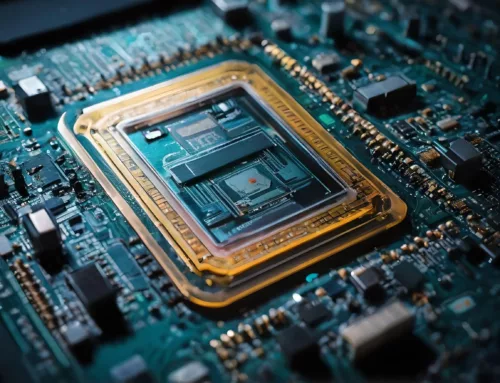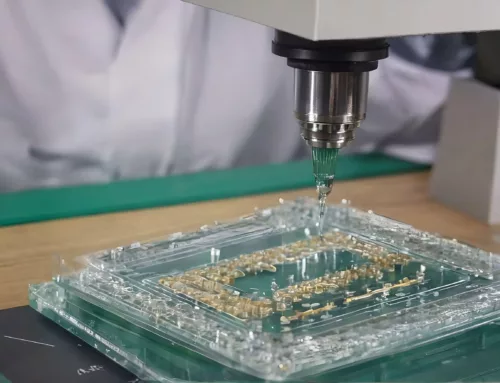
Smart powders embody a futuristic vision of materials that can respond to external stimuli, reminiscent of scenes from science fiction. Imagine a scenario where a car repairs itself within seconds after an accident or materials injected into the body swiftly mend fractures or malfunctions. Though not a current reality, the potential for these responsive materials is vast, offering a realm of possibilities as technology progresses. Researchers are continuously innovating, bringing us closer to realizing these visionary applications.
Origins and Recent Attention
Smart powders belong to an advanced category of materials with the remarkable ability to react to external stimuli such as temperature changes, pressure shifts, and magnetic fields. Comprised of minuscule particles enveloped by responsive layers, typically composed of polymers or metals, these powders undergo alterations in their properties when subjected to
specific stimuli. The origins of smart powders can be traced back over a century, with notable milestones shaping their evolution. Pioneering individuals like Marie Curie and Robert H. Wentorf Jr. laid essential groundwork through their research on powdered radioactive materials and super hard materials, respectively. While not direct precursors, these early endeavors contributed to the understanding of material behavior at the microscopic level, setting the stage for the development of modern smart powders.
Curie’s work with radioactive powders and the advancements in superhard materials offered crucial insights into material behavior at the microscopic level. In essence, the historical exploration of various powdered materials and polymers set the stage for the sophisticated smart powders we have today. These smart powders incorporate their unique properties and applications into the broader field of materials science and technology, thanks to the insights gained from a century of scientific inquiry and innovation.
Unlocking the Functionality of Smart Powders
Today, smart powders encompass a diverse range of particle morphologies, including nano-particles, micro-particles, and larger granules, each offering unique advantages in various applications. Coated with responsive materials such as polymers or silica, these powders exhibit intelligent behavior, adapting their properties in response to external stimuli. Thermoresponsive powders, for instance, expand or contract based on temperature changes,
making them valuable in self-healing materials. Pressure-responsive powders vary in density in response to pressure alterations, finding applications in sensors and actuators. Magnetic-responsive powders align with magnetic fields, useful in drug delivery systems and sensors. pH-responsive powders modify their properties according to pH levels, enhancing drug delivery and diagnostics precision. Light-responsive powders undergo transformative changes in the presence of light, offering potential in renewable energy and sensing technologies.
Diverse Dimensions of Smart Powders
Smart Powders encompass a wide array of particle morphologies, each offering unique characteristics that distinguish them from conventional non-smart powders. Owing to their exceptional properties, these specialized powders offer unique features in various fields, including pharmaceuticals, nanotechnology, and materials science. One prominent feature of smart powders is their versatile particle morphologies. They can exist as nanoparticles, microparticles, or even larger granules, depending on the desired application. These varying sizes offer distinct advantages. Nanoparticles, typically in the range of 1-100 nanometers, exhibit an enormous surface area-to-volume ratio, making them highly reactive and suitable for drug delivery systems or catalysts. On the other hand, microparticles and granules, with larger sizes, provide controlled-release capabilities and are favored in controlled-release formulations.
The idea of “self-healing materials” could be historically linked to the development of early polymers like Bakelite in the early 20th century. While not precisely smart powders, these materials introduced the intriguing concepts of resilience and adaptability.
Applications in Promising Frontiers
The applications of smart powders span various sectors, from energy storage to biomedical engineering. Coated with polymers containing redox-active molecules, these powders hold promise for efficient energy storage solutions. In the biomedical field, they facilitate targeted drug delivery and tissue engineering, ushering in advancements in medical applications.
Pioneering Biomedical Applications
The biomedical industry stands to gain significant benefits from the versatile characteristics of smart powders. These materials find diverse applications, ranging from tissue engineering to diagnostics and drug delivery. The adaptability of smart powders to respond to specific stimuli enhances precision in drug delivery systems, enabling the targeted
administration of medications to specific areas within the body. Furthermore, the integration of smart powders into tissue engineering processes presents the potential for substantial advancements in the creation of biocompatible materials. This progress supports the growth and development of functional tissues, opening new avenues in the field of medical applications.
A Glimpse into the Future
Looking ahead, ongoing research and innovation promise to unveil even more applications for smart powders, reshaping technology and scientific research across industries. As we delve deeper into the possibilities embedded within these materials, we anticipate solutions that address current challenges and unlock new avenues for progress.
The potential of smart powders is undoubtedly in its nascent stage, and ongoing
research and innovation hold the promise of unveiling even more useful applications. These materials can change a wide array of industries, spanning from healthcare to energy and manufacturing, thus reshaping the way technology is used and advancing scientific research. As scientists, engineers, and researchers dive deeper into the rabbit hole of possibilities embedded within smart powders, we can anticipate the emergence of solutions that not only address current challenges but also unlock entirely new avenues for scientific, technological, economic, and social progress.
Conclusion
The emergence of smart powders signifies a possible paradigm shift in materials science, offering a diverse spectrum of applications that transcend various present domains. Influencing the trajectory of technology and scientific advancement for many years to come. Perhaps our present type 0 sub-global civilization could be closer than we think to a type 1 planetary civilization if we keep our focus on the advancements in powder technology and material sciences.




